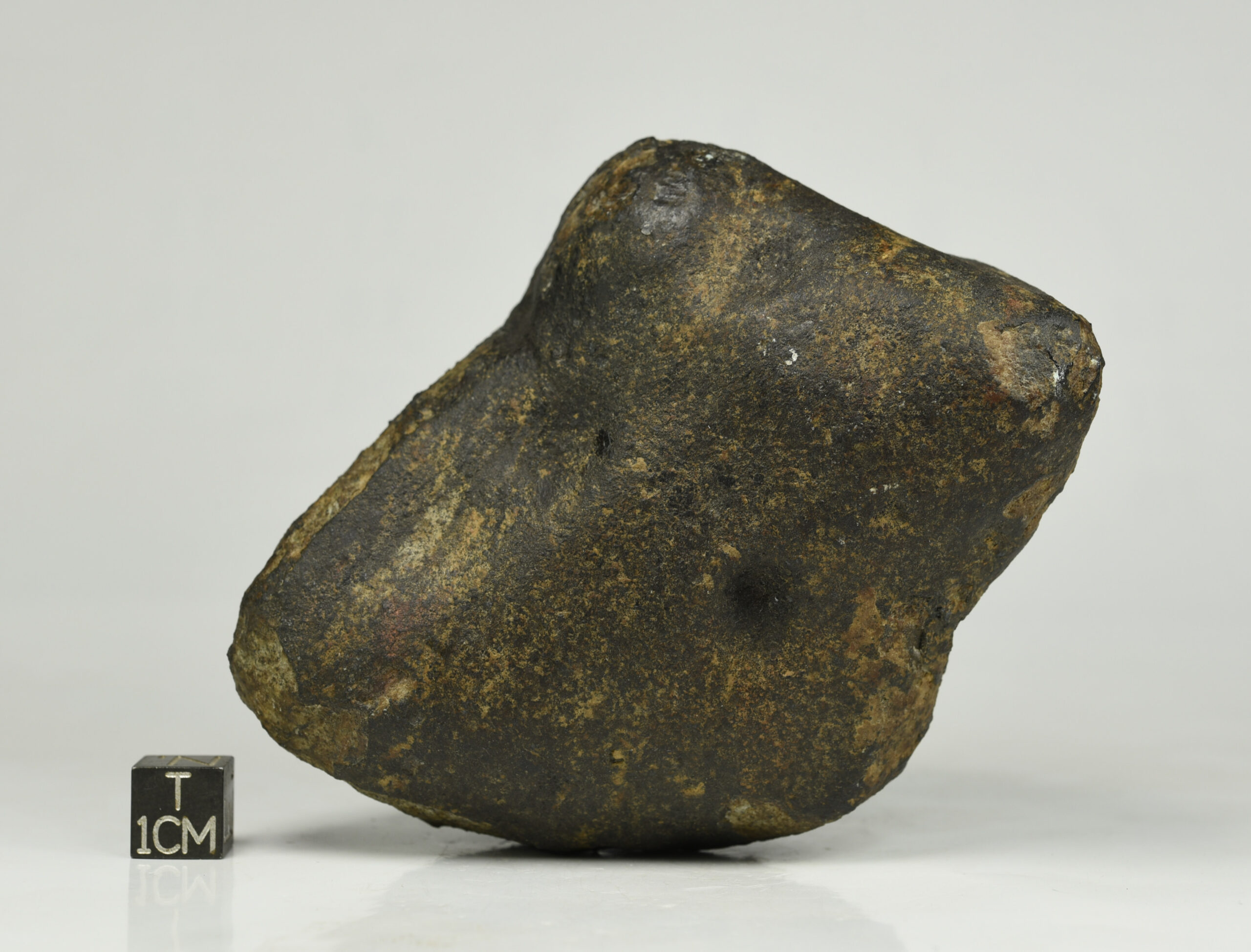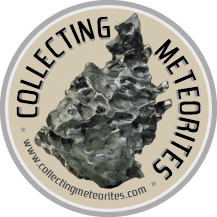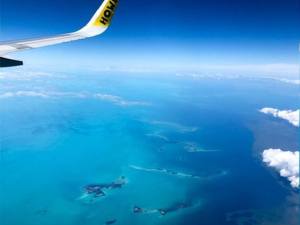
| Price : 3800 € |
Viñales 22°37.17’N, 83°44.57’W
Pinar del Rio, Cuba
Fall: 2019 Feb 01
Classification: Ordinary chondrite (L6)
History: A bright bolide accompanied by loud sonic booms flew across the province of Pinar Del Rio, Cuba, at 1:17 pm local time (18:17:10 UTC) on 1 February 2019. A long smoke trail was also observed. The residents thought a plane had crashed, as they heard explosions and then ground rumbling lasting 15 to 20 s. A meteorite shower fell on Vinales Valley, a national monument since 1978 and a UNESCO world heritage site. The area is covered by a forest and fields. The first and some of the largest stones were collected near the monument “Mural of Prehistory” by artist Leovigildo Gonzalez Morillo. Others were discovered in and around Viñales and throughout the Viñales Valley. Some of the meteorite individuals penetrated the ground, one of them broke through an asphalt road, and many were recovered from rooftops.
Physical characteristics: Hundreds of individual samples were collected by the local residents. The stones are covered by black fusion crust with reddish smears of a laterite clay. The substance of the meteorite of light gray color can be seen in small areas of the broken crust. The masses of stones are in a range 2 to 1100 g. In total, about 50-100 kg of the meteorite were collected.
Petrography: The interior is light-colored; silicates are transected by dark, pseudotachylite-like shock veins. The rock is highly recrystallized; chondrule margins are difficult to discern. Recognizable chondrule types include POP, PO and BO, ranging up to ~1 mm in diameter. The meteorite samples contain the several vol% of black inclusions of melt rock. Metal grains range in size up to about 700 µm. The rock exhibits moderate silicate darkening. Chromite grains are moderately to extensively fractured. Some troilite grains and some kamacite grains are polycrystalline. A few kamacite grains contain small rounded grains of troilite within them. Metallic Cu was not observed. There are several small chromite-plagioclase assemblages and some olivine grains contain small chromite veinlets. The shock veins range to more than 1 cm in length and are typically 20 µm to 150 µm wide. The veins contain major silicate and small blebs of metallic Fe-Ni, and to a lesser extent, troilite; these opaque blebs are typically 1-3 µm in diameter. Also present in the veins are cellular metal-troilite veinlets 10-30 µm in length. Elongated aggregates of chromite occur alongside portions of some shock veins. Slabs of Viñales show intersecting dark shock veins, anastomosing veins, and a few quasi-circular melt concentrations where veins intersect. Coarse metal grains are heterogeneously distributed in some samples – some regions of these samples have abundant coarse metal; other regions have none. Near the dark fusion crust, numerous thin veinlets of troilite surround and penetrate fractures within silicate grains. Magnetic susceptibility (J. Gattacceca, CEREGE): log χ (× 10-9 m3/kg) = 4.93 measured on a 18 g sample.
Geochemistry: Mineral compositions and geochemistry: (Borisovsky S. E., IGEM; A. Rubin, UCLA and L. Garvie, ASU) Olivine, Fa24.7±0.3 (N=15, IGEM), Fa24.6±0.4 (n=23, UCLA); low-Ca pyroxene, Fs21.0±0.4Wo1.5±0.3 (N=21, UCLA), Fs20.2±0.3Wo1.6±0.2 (N=15, IGEM); other minerals characterized by UCLA and ASU include diopside (Fs8.1±0.1Wo44.8±0.6; n=5), plagioclase (which has an average size of ~80 µm; Ab90.0±0.5Or1.8±1.2; n=14), chromite, kamacite (6.6±0.6 wt.% Ni; 0.89±0.12 wt.% Co), troilite (containing 0.7-0.42 wt.% Ni), taenite, and accessory tetrataenite, merrillite and chlorapatite. Oxygen isotopes (K. Ziegler, UNM): δ18O=4.38, 4.55, 4.69; δ17O=3.39, 3.50, 3.57; Δ17O=1.08, 1.09, 1.09 (all ‰).
Classification: (Dr. C. Efrén Jaimez Salgado; IGA, Havana, Cuba; C. A. Lorenz, Vernad.) Ordinary chondrite (L6), Weathering grade is W0, Shock stage is S3 (Vernad) or S4 (UCLA).

